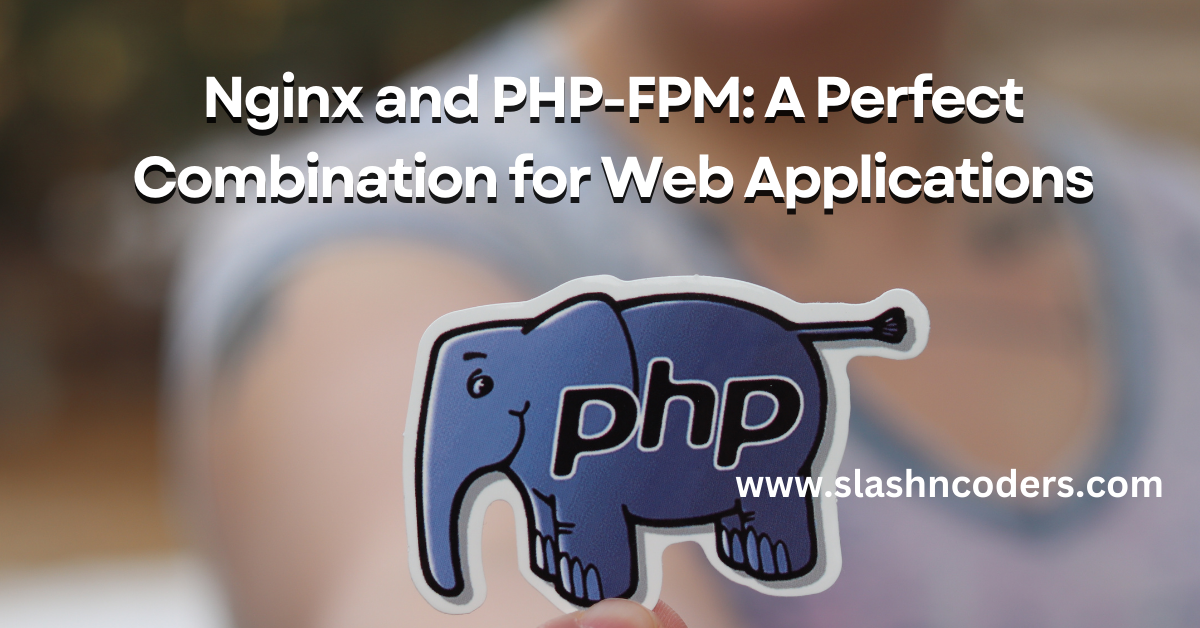Nginx is a web server that is often used to serve static content and as a reverse proxy for dynamic content generated by a separate application server. PHP-FPM (FastCGI Process Manager) is a PHP extension that allows PHP to run as a separate process, rather than as an Apache module. Together, Nginx and PHP-FPM can be used to serve PHP-based websites.
To use Nginx together, you will first need to install both Nginx and PHP-FPM on your server. Once they are installed, you will need to configure Nginx to pass PHP requests to PHP-FPM. This is typically done by adding a specific location block to the Nginx configuration file that specifies the location of the PHP-FPM server and the PHP handler.
when combined, can create a high-performance web stack for your web applications. Nginx is a web server that is known for its ability to handle a large number of concurrent connections and its low resource usage, while PHP-FPM is a FastCGI process manager for PHP that allows for better management of PHP processes. Together, Nginx and PHP-FPM provide a robust and efficient solution for serving web applications.
One of the main advantages of using is that it allows for a separation of concerns. Nginx handles the incoming web requests and serves static files, while PHP-FPM handles the processing of dynamic content. This allows Nginx to focus on what it does best, which is handling a large number of connections, and PHP-FPM to focus on processing the PHP code.
Another advantage of using is that it allows for better resource management. Nginx can be configured to limit the number of connections per IP, which can help prevent a single client from overwhelming the server. PHP-FPM, on the other hand, can be configured to limit the number of PHP processes, which can help prevent the server from running out of memory.
In addition to the performance benefits, also provide a number of security features. Nginx can be configured to block specific IPs or ranges, and can also be configured to use SSL certificates for secure connections. PHP-FPM can be configured to run PHP scripts as a different user, which can help prevent a vulnerability in a PHP script from compromising the entire server.
To set up you will first need to install Nginx and PHP on your server. Once Nginx and PHP are installed, you can then configure Nginx to use PHP-FPM as the PHP processor by adding the following code to the Nginx configuration file:
location ~ \.php$ {
try_files $uri =404;
fastcgi_pass 127.0.0.1:9000;
fastcgi_index index.php;
fastcgi_param SCRIPT_FILENAME $document_root$fastcgi_script_name;
include fastcgi_params;
}Once set up and configured, you should test your web application to make sure that everything is working correctly. If you encounter any issues, you can refer to the Nginx and PHP-FPM documentation for troubleshooting tips.
In conclusion, are a powerful combination for serving web applications. They provide a high-performance web stack, better resource management, and a number of security features. If you’re looking to improve the performance of your web application


